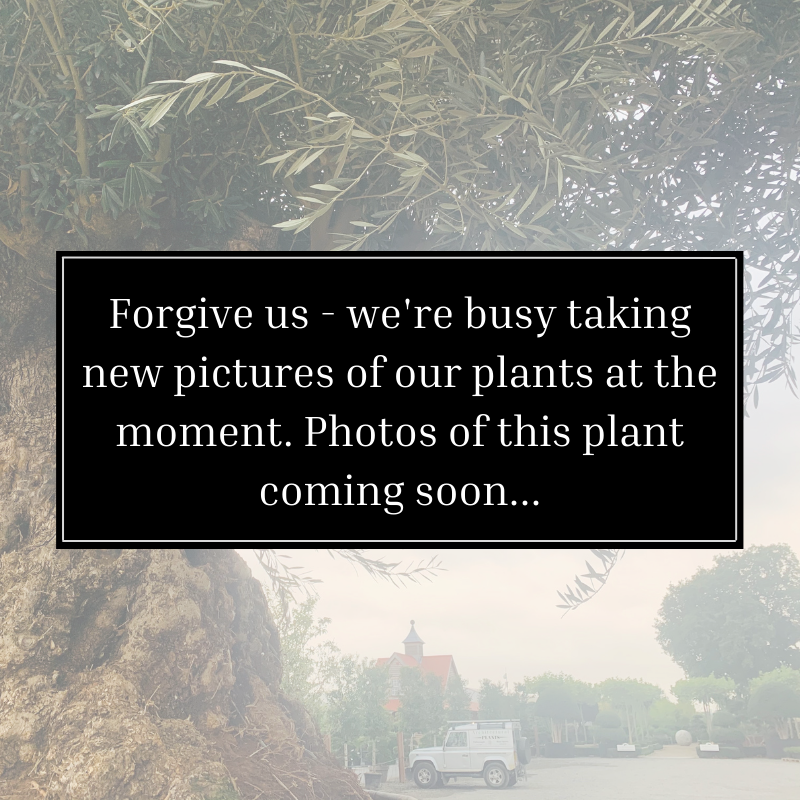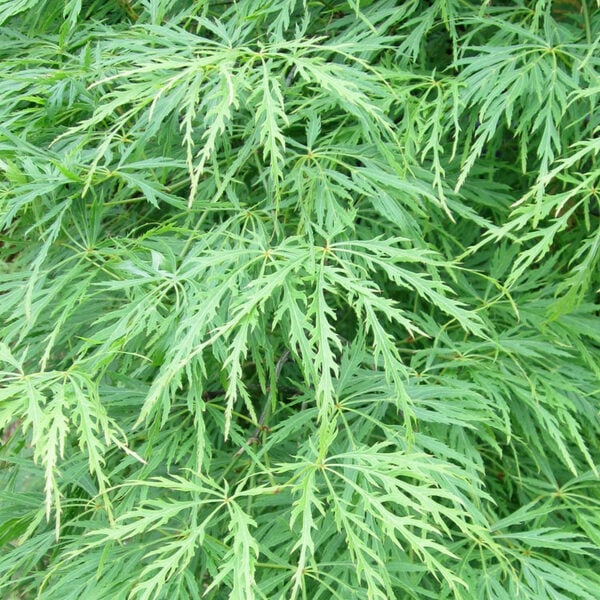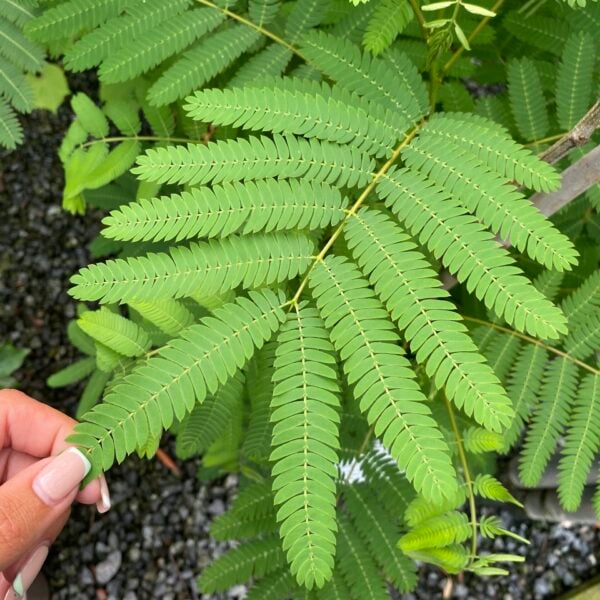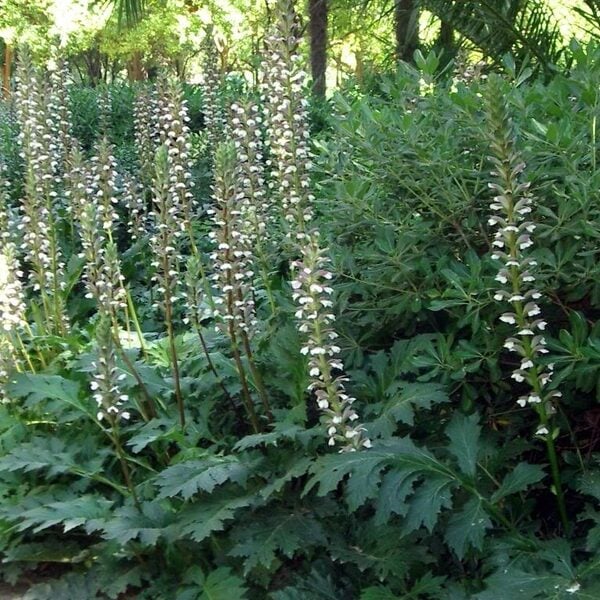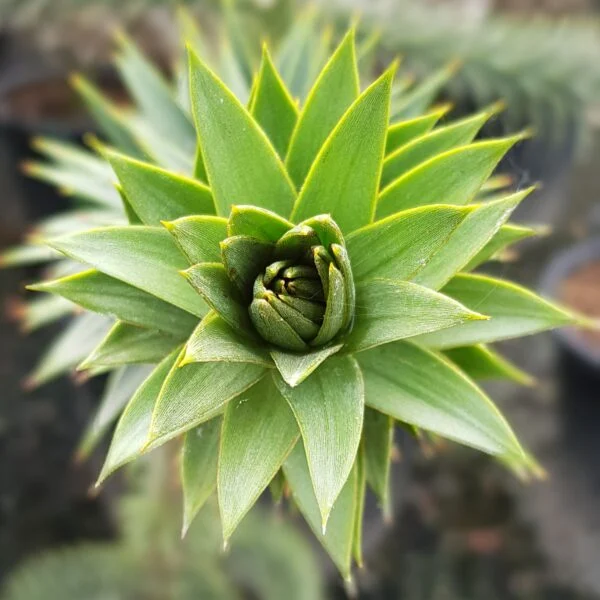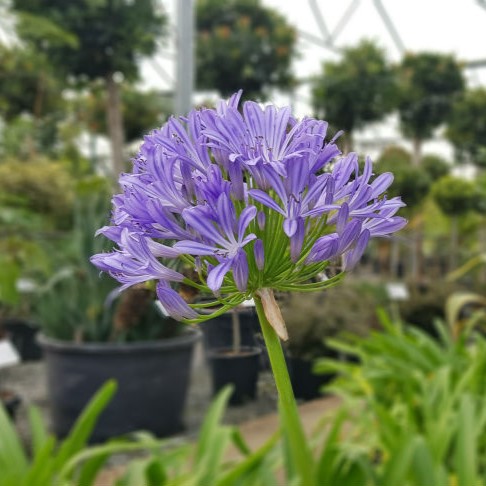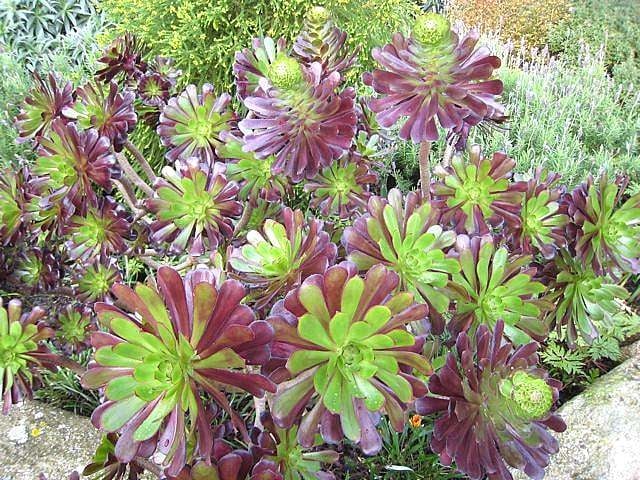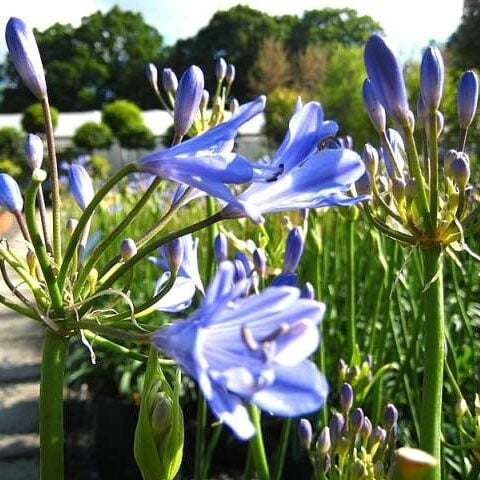Pinus Parviflora ‘Fukai Seedling’ (Japanese White Pine)
This is a slow growing upright form. Please contact us for stock availability and sizes.

Hardiness level Green
A rare one, this. We have renowned horticulturalist Tage Lundell to thank for the introduction of this cultivar to our gardens, who discovered it among a batch of seedlings. It turned out to be a slow growing upright form of Pinus Parviflora, typically bearing cones which can remain on the tree for many years, as one would expect. However, the real magic of these lovely trees lies in the needles.
Early in the season and on the newest growth, each needle is a creamy dreamy golden yellow with a bright green tip. It brings to mind the elaborate finnage of a lionfish but you can see some porcupine quillage in there as well, if you want to. As the foliage matures towards autumn these starkly differentiated colours soften and blend, transitioning into a glaucous, jade-like green. Then it’s evergreen all through winter, giving you as much of that solid structure and piney architecture as you could want.
They’re really quite something. Variegation in conifers can be a pretty infrequent occurrence, with some examples being very subtle or not always terribly stable (or palatable to the eye) but we have to admit there’s something very compelling about the beautiful golden splosh on every single one of these contrasting green needles. The combination of tones creates a glowing effect and has a dimensional quality that’s hard to describe. Fukai means ‘Deep’ or ‘Profound’ so perhaps Herr Lundell nailed it for us.
They will do best in full sun and in in any aspect, so are typically Pinus in attitude to these things, and are happy in any well drained clay, sand or loamy soil. A trim and tidy is often necessary with the Pinus posse and if you feel that ‘Fukai’ needs some pruning then do this in the winter to avoid resin ooze.
N.B. When clipping several plants with the same tool, have a bucket containing a 5% bleach solution and swish your blades around for 30 seconds between plants to sterilise them. This will help avoid the chance of cross contamination of disease.
As with all woody plants, plant high, exposing as much of the taper at the base of the trunk as possible. Allowing soil to accumulate round the base of a tree can be fatal. Keep very well-watered when first planted.
Additional Information |
|
|---|---|
| Continent of Origin | |
| Features | |
| Hardiness | |
| Light | |
| Plant Type | |
| Situation | Coastal, Exposed (To wind and sun), Mild City Gardens, Plants for Pots, Sheltered Garden |
| Specialist Plants | |
| Tree Size | |
| Soil Type | Chalk, Clay, Dry / Well Drained, Loam, Sandy, Shingle / Beach |





